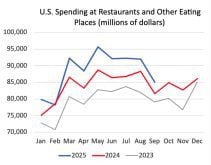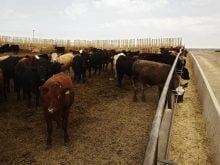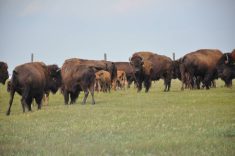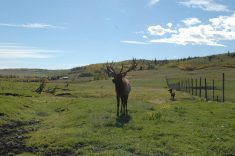PHOENIX, Ariz. – Keeping domestic livestock strong and healthy can be undermined by sick wildlife lurking a nose away on the other side of the fence.
“Every time we turn around we are being hit with another one of these diseases that involves that interface between domestic animals and wild animals,” said Jack Rhyan, from the United States Department of Agriculture’s national wildlife research centre.
He and other animal scientists discussed the problem of disease transmission among free-ranging and domestic animals at a National Cattlemen’s Beef Association forum last week.
Read Also
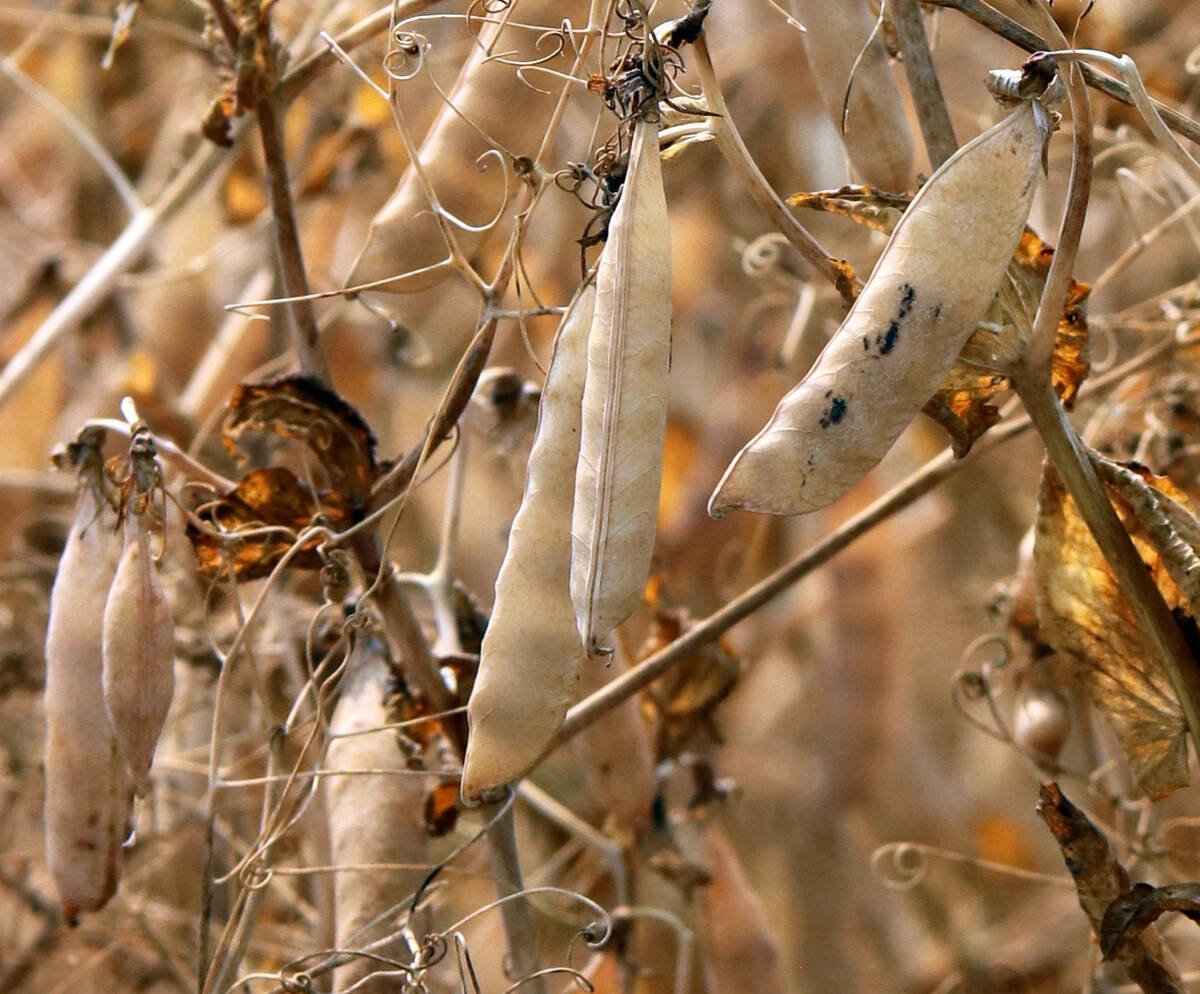
Trump’s tariffs take their toll on U.S. producers
U.S. farmers say Trump’s tariffs have been devastating for growers in that country.
Infections like brucellosis, tuberculosis, chronic wasting disease, pseudorabies and Johne’s disease, which threaten domestic livestock, have all been found in deer, elk, caribou, feral swine, wild goats, dolphins and reindeer.
Chronic wasting disease is reaching epidemic proportions among wild deer in Wyoming and Colorado.
While there is no evidence to indicate this fatal brain wasting illness spreads between species, elk farmers are insisting on some form of certification program for their livestock.
“In the last three years we have found it in captive elk,” said Rhyan.
Carole Bolin, of the USDA’s national animal disease research service at Ames, Iowa, said there is a lack of consensus in how to deal with these diseases.
“Often research is conducted in the political arena,” she said.
And such diseases create panic among cattle producers who fear it could be spread to cattle in the form of bovine spongiform encephalopathy, also known as mad cow disease.
“How many cattle do we have to examine before you prove chronic wasting disease is not transmitted to cattle?” Bolin said.
“No matter what you do, there is still doubt in people’s minds.”
Other cases end up before a judge.
Farmers are worried about court cases won by importers who refused to issue import permits because of disease concerns.
“We need to solve these problems sitting around a table rather than a judge’s chamber,” said Bob Hillman, an Idaho state veterinarian.
Wildlife research is difficult and sometimes scientists are forced to build their own herds to conduct veterinary trials on diseases and vaccines.
“We’re behind the eight ball in developing diagnostic tests that we can use,” said Hillman.
It’s also difficult to vaccinate wild animals.
But in New York state, oral rabies vaccines have been successfully given to raccoons.




